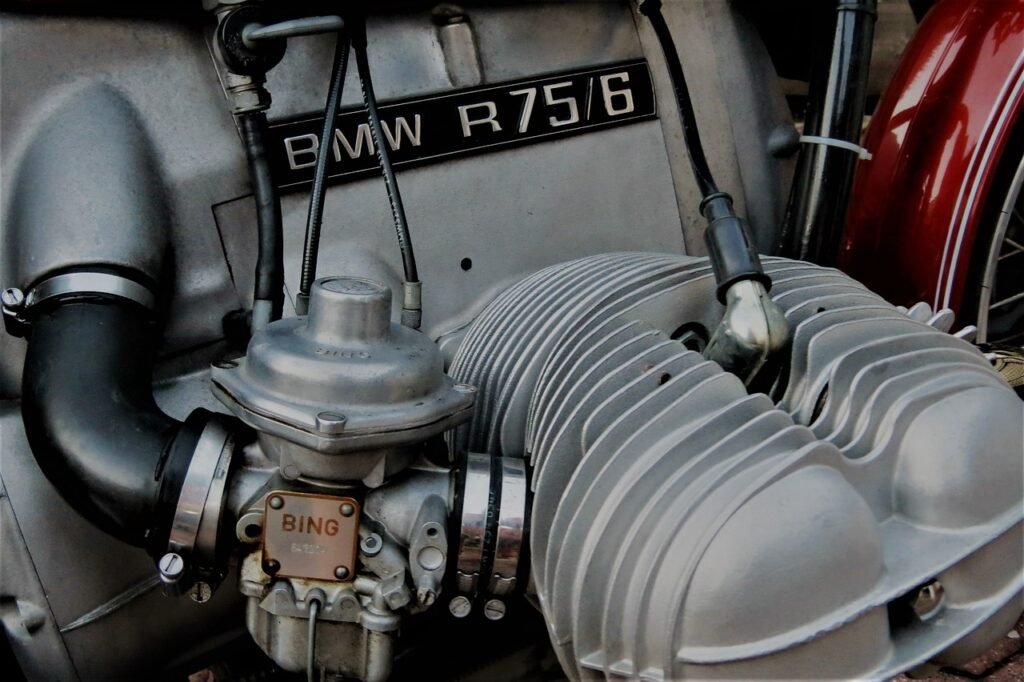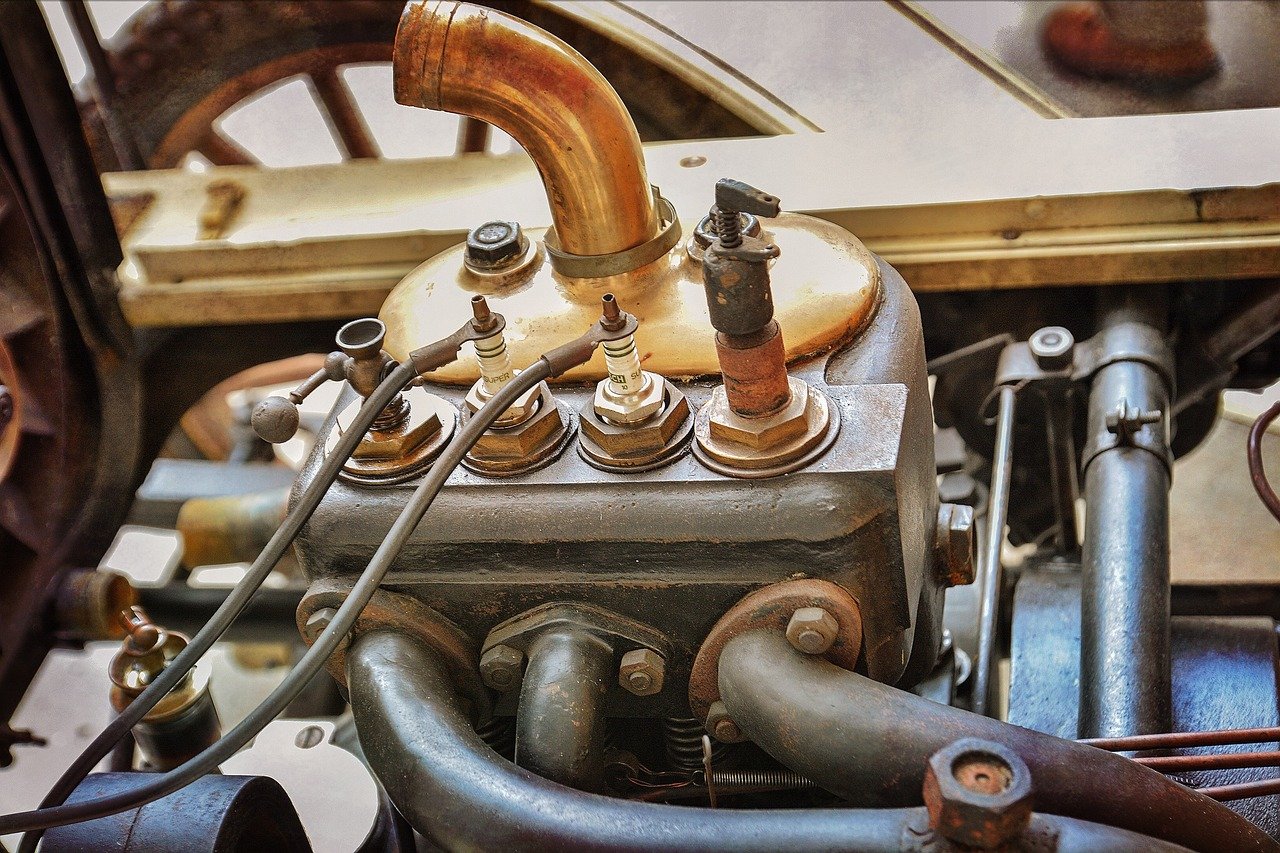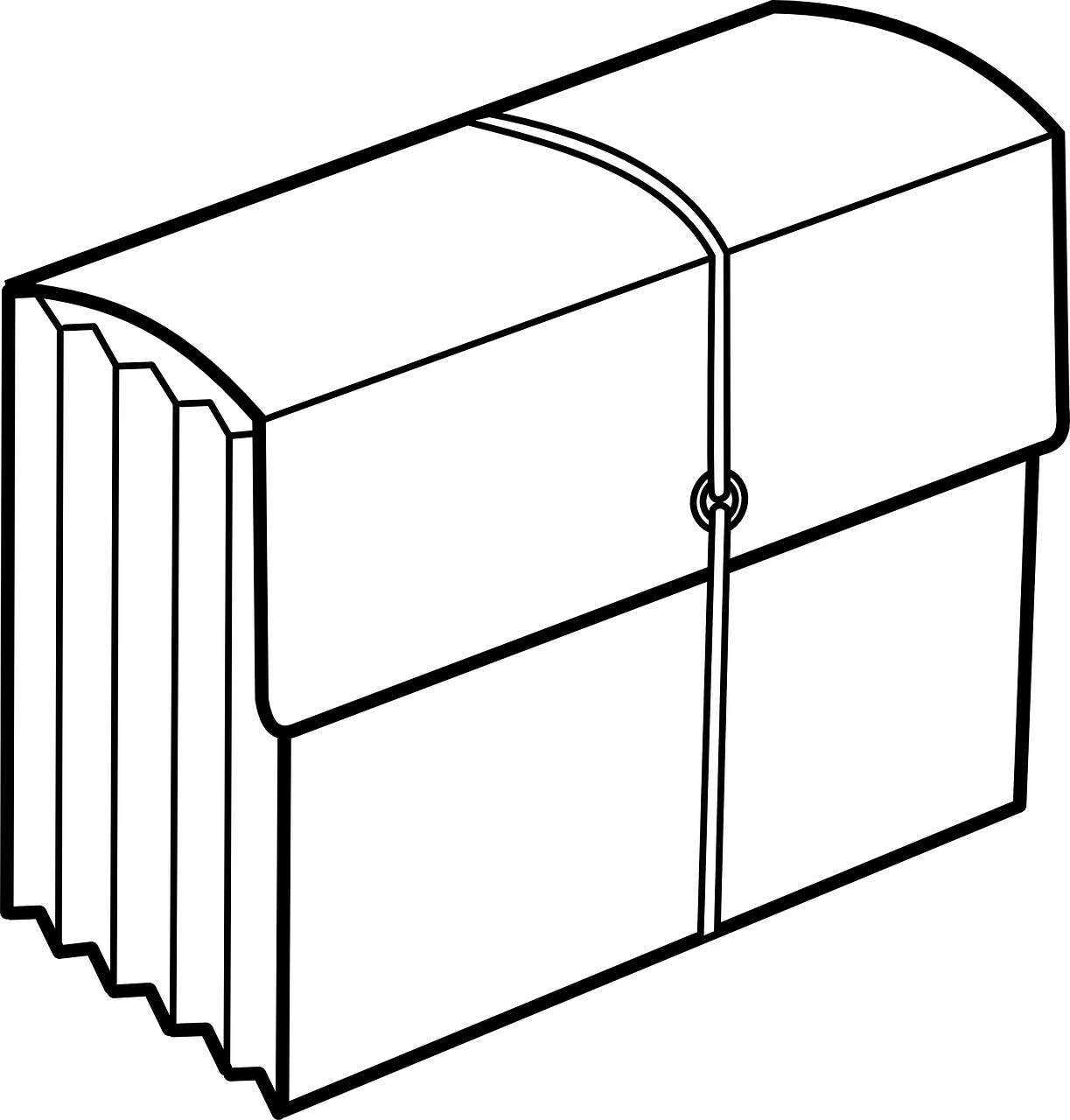Simply, every vehicle out there should have a smoothly running engine. The easiest prescriptive action that needs to be done every so often is the regular inspection and exchange of spark plugs. These elements are little, but they count for a high percentage of the performance of your engine—all these elements and others tied down to it-in good shape will give the vehicle the most out of its performance-thus an improved consumption of fuel and better riding while attaining the optimal machine operation.
Importance of Spark Plugs

As the air-fuel mixture in the engine cylinders is ignited by the spark plugs, the combustion process starts and your vehicle can run as long as it always should. After a certain period, it will wear out or have impurities that will cause it to give irregularities in its performance, and this includes: decreased gas mileage, hesitation while accelerating, rough idling, misfires, difficulty in starting an engine, and normal engine crank but no run-down.
Why are they important in simple language? These spark plugs are very significant for proper timing and sequence in the combustion process-every time you change them very well, your engine operates smoothly toward maximizing energy with minimal release of fumes. However, wear or damage of spark plugs can lead to unnecessary force within the engine system, resulting in decreased performance and reducing the engine useful life in extended time of use.
How frequent should you inspect your spark plugs?
It’s a good idea to actually take them apart every time you have a major service-interval job to do, such as an oil change, and examine whether a shop rag on a screwdriver can pull carbon out of them. Because of this, replacement schedules typically fall into the range of 30,000 to 100,000 miles for usually two different spark plugs, depending on the kind of engine and the spark plug that brings the engine to life.
You shouldn’t wait for the mileage to reach the level needed for a schedule maintenance either if you see some symptoms of a failing spark plug. The engine might be struggling for power, having hard starts, rough idle, or poor fuel efficiency. These signs would prompt to replace plugs possibly even earlier than scheduled maintenance timing. Certain driving behaviors, such as frequent heavy towing, much idling, or driving extremes in temperatures, can pinpoint the wear of spark plugs over time. Frequent checks done on them would be the best in such cases.
Signs That You Need to Replace the Spark Plugs
There are several telltale signs of worn/fouled spark plugs, including:
Reduced gas mileage: Can definitely bring down the mileage efficiency if not firing as well. Slower acceleration: If your vehicle doesn’t jump to life, or if there’s a noticeable amount of sluggishness when it does, it could be because your spark plugs are worn out.
Uneven idle rock or a misfire: Running rough or misfiring at idle often indicates plugs don’t last forever like new.
Hard starting difficulty in beginning the ignition strongly signifies a cleaning mechanism within the plugs.
Misfires the moment a spark plug fails to ignite the air-fuel mixture as it should.
Check engine light on a cylinder which the car’s diagnostic system claims missed the fire triggering with a cylinder population exceeding programmed tolerances.
How to Test Your Spark Plug
Suspect that your spark plugs need to be replaced because of drivability issues? It’s possible and easy with little in the way of special tools. Here’s how:
Shuttle off the engine: Always let the engine cool down completely before attempting any work on spark plugs.
Clean plug hole: Blow out any dirt from the dirt plug holes to keep the spark plug area cleaner after all hopper removal.
Disconnect the spark plug wires: Neatly remove the spark plug wires and bring out the plugs.
Watch for proper condition: Have the specific socket and extension bar for the spark plug; this will help in safely observing how the plug is used when different types of uses are done.
Notice any destruction: Carefully examine anything that might be wrong with it, such as cracks in the porcelain, worn out electrodes, etc., and from the appearance-check for carbon fouling and oil deposits.
Measure fracture: Check the distance between the electrodes according to the specifications provided by the manufacturer.
Change all bent ones: Replaced the bent or far too worn-out ones.
How to Change Spark Plugs
Follow the following steps about changing your spark plugs in order to ensure that the job is done perfectly:
Unattach battery: Start by separating the negative terminal of the battery to stop the ignition system and avoid shocks.
Clean the region: Blow a thin and origamic air or a vacuum cleaner over the spark plug ports to remove all the dirt inside them.
Remove ignition coils: If your car uses ignition coils for spark plug protection, make sure you remove them to get direct access to the spark plug location.
Remove the old spark plugs: Turn it counterclockwise using a spark plug socket to detach and take out the old plugs.
Inspect the old plugs: Observations about engine problems, such as oil fouling or carbon build-up, can be identified by looking closely at the appearance of the old plugs.
Gap the new plugs: Use a feeler gauge to adjust the gap of the new plugs as per manufacturer-specific gapping.
Install new plugs: Install new plugs, screw them in by hand, and use a torque wrench to tighten them to prescribed tolerances.
Replace ignition coils: If any parts were removed while accessing the spark plugs, make sure everything is replaced.
How to Do It Keeps Your Ignition Free of Winter Explosions
-Consider getting the actual tip of higher quality: You should always diversify into OEM-spec (original equipment manufacturer) spark plugs.
-Lubrication of threads with anti-seize: Use a little anti-seize lubricant on the threads of the new plugs so that slumping out should go very easy.
-Drive well: Don’t let the idle stay on, take lots of loads and go to warm weather, as all these can cut a spark plug’s life considerably shorter.
-Regular Inspection: Regularly monitor your spark plugs to tackle early on any signs of erosion to avoid larger engine problems.
Troubleshooting Spark Plug Problems
Fouled plugs: Cleaning with a wire brush or swapping to a hotter plug may help to re-burn the deposits.
Worn plugs: Replace those plugs with signs of electron erosion on the tip just like insulator.
Corrosion: Get hold of the anti-seize compound while installation to stop corrosion.
Loose plugs: Isolate, every plug with a sign of looseness legendary for wrong fixation.
Cracked plugs: Replace any plug that comes with visible breaks or damage.
Conclusion
Checking and changing them on due date and as needed always give you a simple and effective approach to maintaining a healthy engine. If you follow the schedule set by the vehicle manufacturer and act as soon as you notice a problem, your engine will always run perfectly and efficiently over years. With such simple measures, the cost involved with frequent replacements, field-time repairs, and means that interrupt you from enjoying a smooth, powerful ride.







Leave a Reply